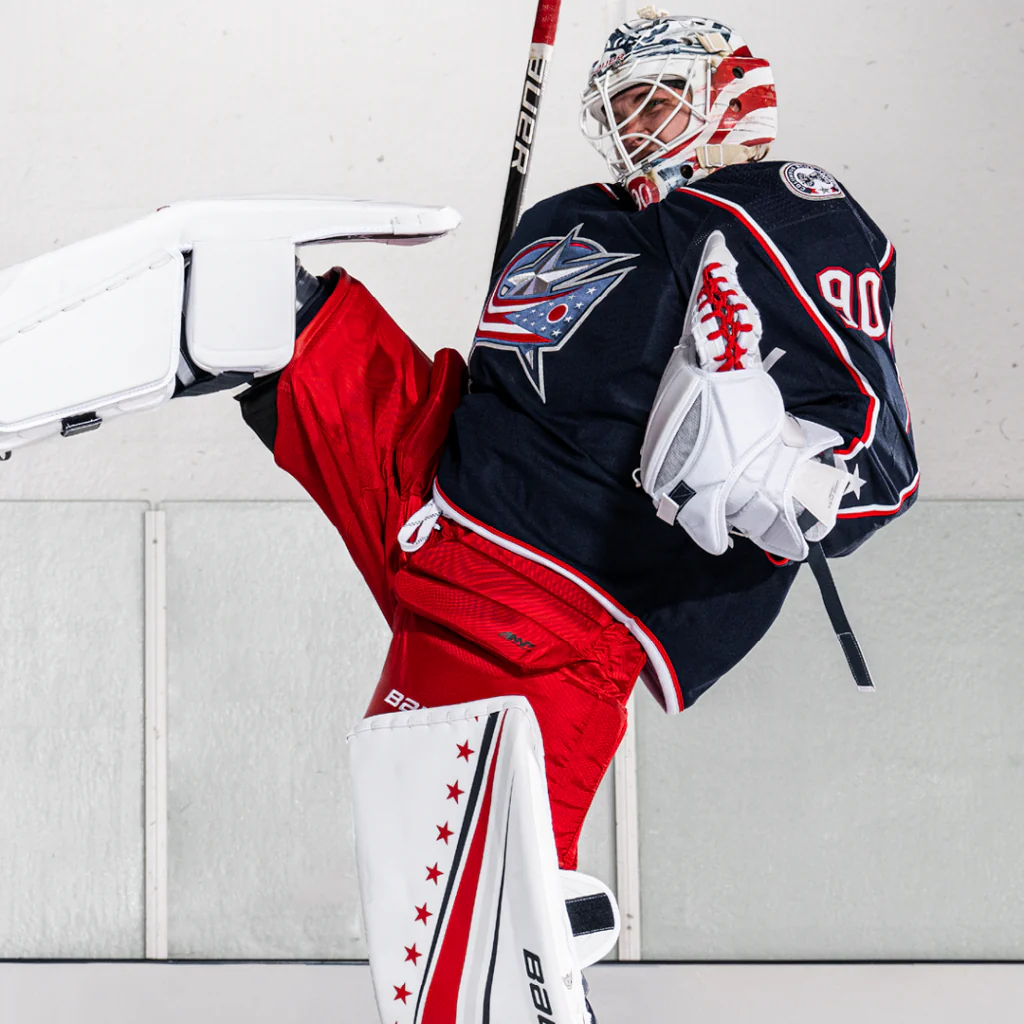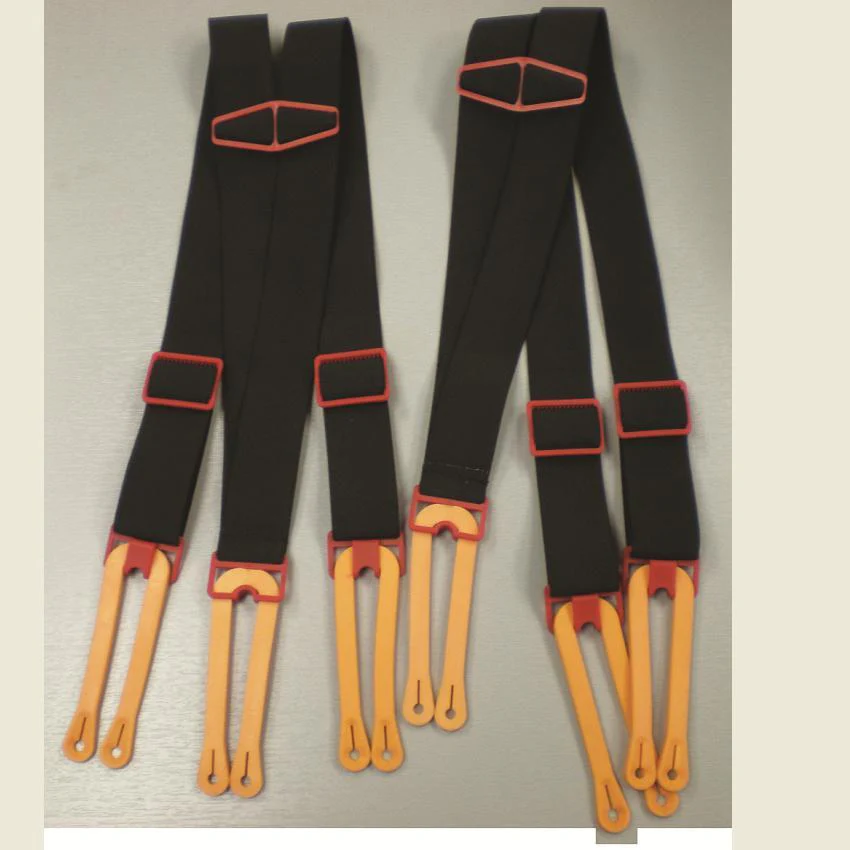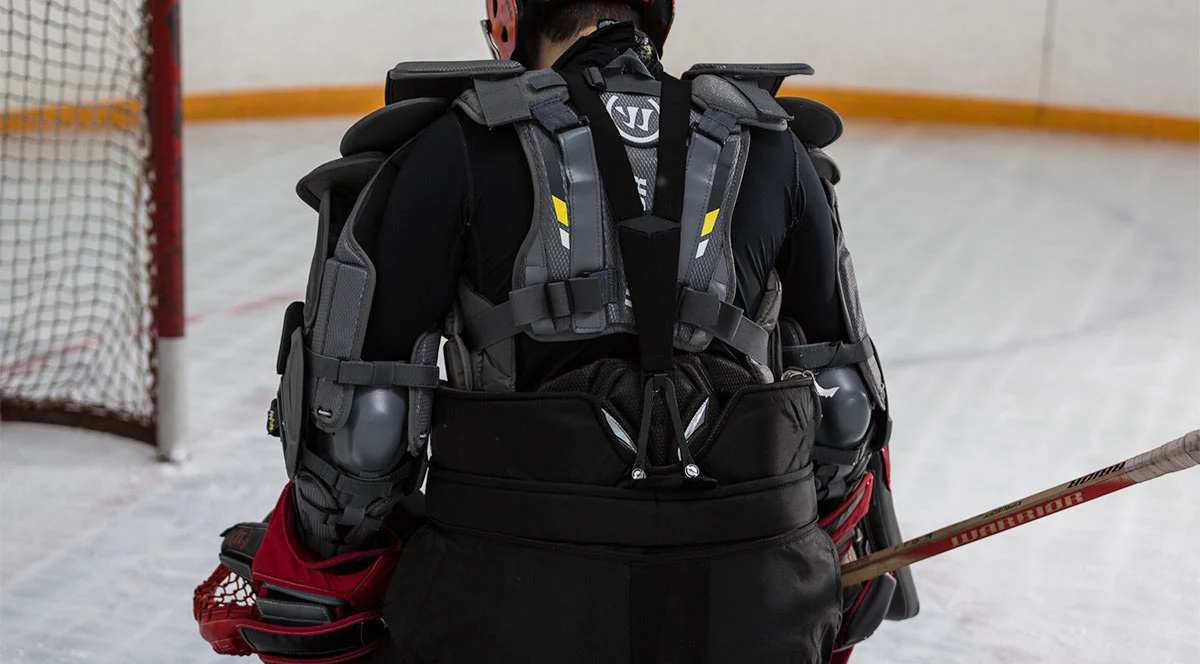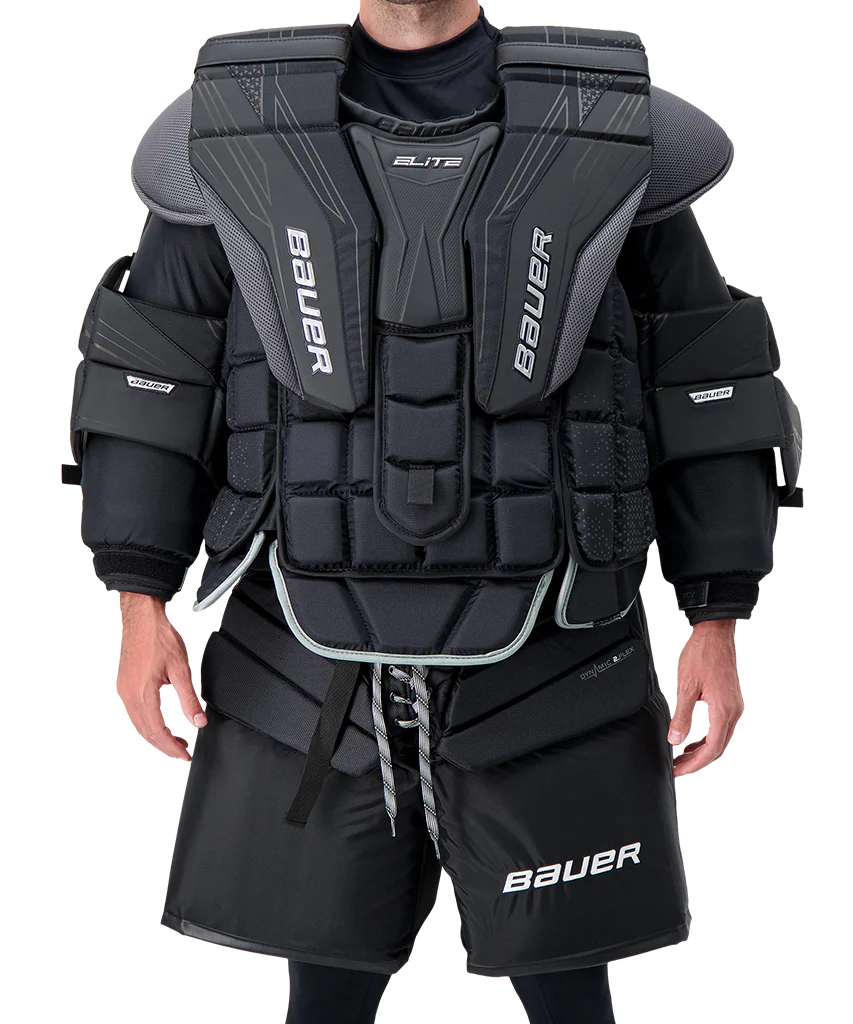gear fitting - goalie pants
- mekenzieerickson

- Jul 16, 2024
- 2 min read
Continuing in our gear fitting guide, we'll talk about goalie pants in this issue of our blog series. This is yet another piece of equipment that is regularly over-sized and ill-fitted to the detriment to the performance of the goaltender- do I sound like a broken record yet?!
The 2017 NHL regulation changes have streamlined pants to be more form fitting and this trickled down the line to retail consumers as well; a change that I believe has helped rather than hinder us. Your goalie pants integrate the 2 biggest pieces of equipment you wear - pads and the chest protector. Pants that fit correctly are integral to your set up working well together.
To start, use your waist or pants sizing to follow manufacture guidelines (ie. size 32). Some brands, such as Vaughn, will add 8-10 inches to a pant size for their guidelines. For example, a medium is listed as 40-42, so the actual pant/waist size is 32-34. Even as such, some pants will fit larger than the size listed. Pants will also abide by the Youth/Junior/Intermediate/Senior sizing groups, with most still listing pant sizing as well.
Generally, the waist line of the pant should sit roughly where your jeans would sit on your hips. Pants will have either and internal or external belt on the waist line. The legs of the pants should extended to roughly 1-2 inches above your knee cap standing. Suspenders will help with keeping your pants in place during play, but this is a goalie's personal preference.
When trying out pants, it is recommended that you bring your pads and chest protector with you to make sure they all integrate together without hindering movement. Pants too big or too long will push in to the knee lock and cause the pad to roll outward (sometimes referred to as 'under-rotation'; we'll get into this in a future multipart series!) or get caught on top of the pad while dropping in to the butterfly. You should be able to squeeze your five hole together with no gaps or issues bringing the knees together.

On the topside, chest protector integration is determined by the preference of the goalie. Some will prefer a full tuck, in which case a wider or 'barrel-style' pant would be chosen. A tucked chest protector would warrant a potential up-size in pants, but still be weary of integration and mobility issues. Goaltenders who prefer the C/A unit over top of their pants would choose a 'taper-style' pant where the waist of the item is snug to the sides of the goalie and permits the chest protector to rotate on top.
Also be aware of how your knee pads interact with the pants. There may be provisions in certain lines of pants for lacing or velcroing in of knee pads, if you do not have this style it may interfere or bother you.

Regardless of style, goalie pants remain an overlooked item in making sure you can move your best and still be protected. You'll now be prepared to make the best choice to suit you and your gear!
happy tending!
mek

















Comments